How to train for high altitude hiking: top tips for when you're adventuring way above sea level
If you want to learn how to train for high altitude hiking, this guide will help you prepare mentally and physically for a successful hike into thin air
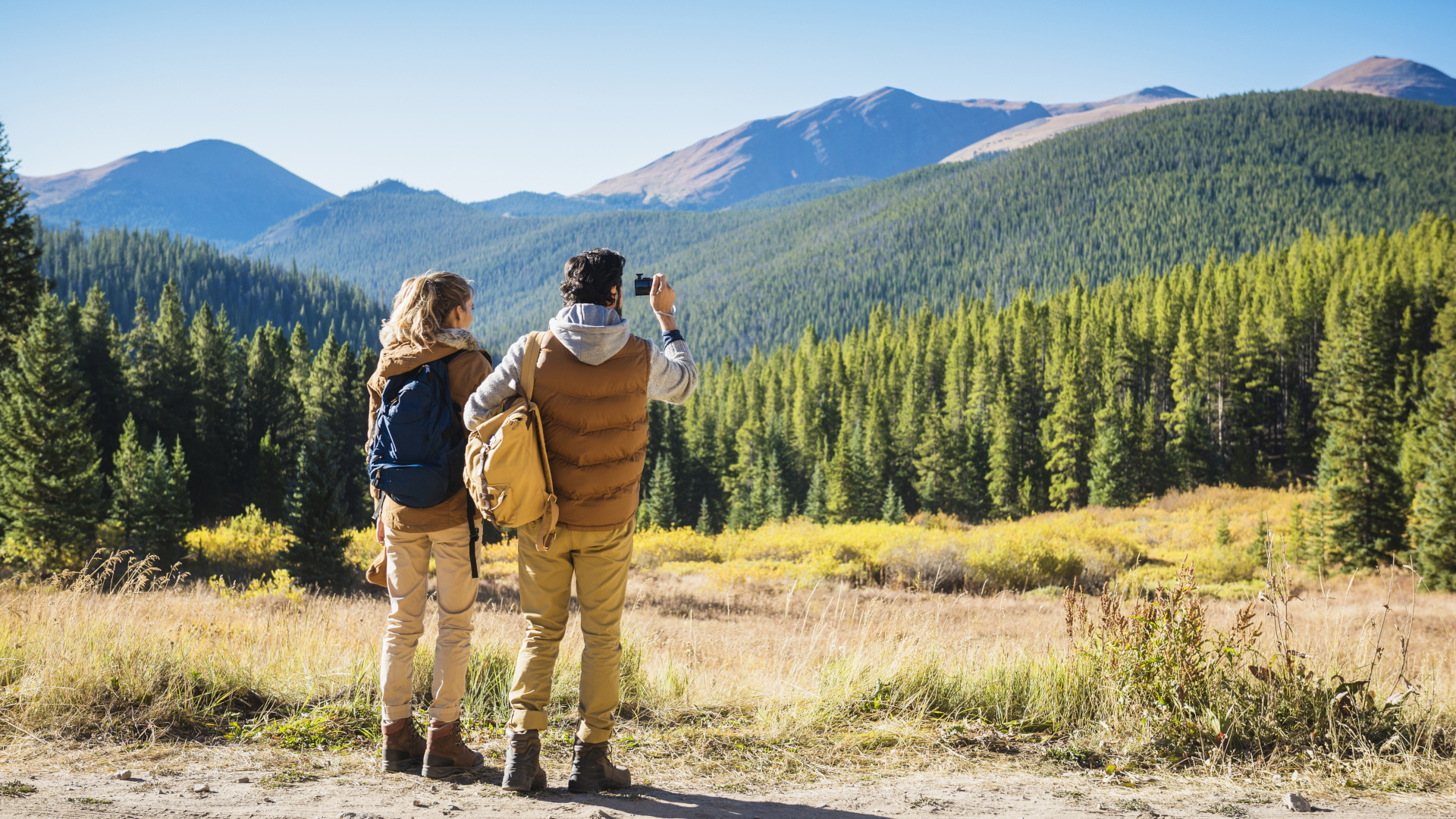
Let’s face it: if you love hiking, many of the places in the world that you’ll want to explore are at high altitude. High altitude hiking can get you some of the best views you’ll ever see, but it also increases your chances of experiencing unwanted symptoms, or even altitude sickness, especially if you live at sea level.
Our guide to how to train for high altitude hiking helps you prepare physically and mentally so that you can enjoy a successful hike into thin air.
What is high altitude hiking?
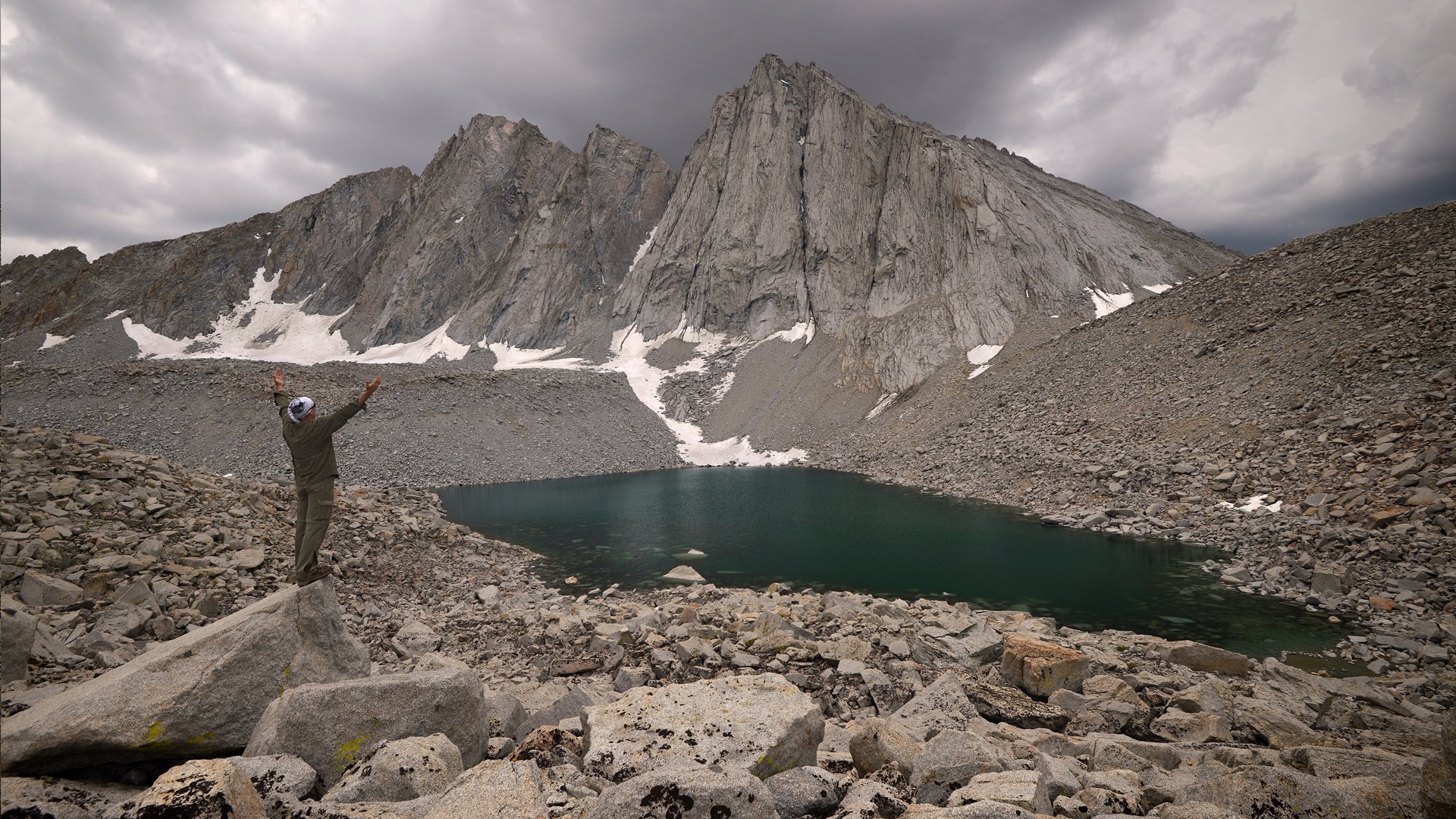
You’re probably aware of the risks and gear involved with summiting a peak like Everest, but you actually don’t have to be on top of the world to be affected by altitude. High altitude for humans is considered any elevation above 8,000ft (2,438 meters), which means that if you’re hiking in the UK, you’re safe. But many popular peaks in the US, Canada, Europe, South America and of course the Himalayas will take you well up into high altitude zones.
At 8,000ft, it’s not uncommon to experience shortness of breath, light headedness and subsequently feelings of weakness and fatigue in spite of your fitness level. You might find that the terrain looks similar to hikes you’ve done in lower elevation, but you’re having a harder time keeping your normal pace or even reaching the summit here. Elevations above 12,000ft such as 14ers in states like Colorado and California are considered very high altitude, and once you reach 26,000ft you need supplemental oxygen to survive.
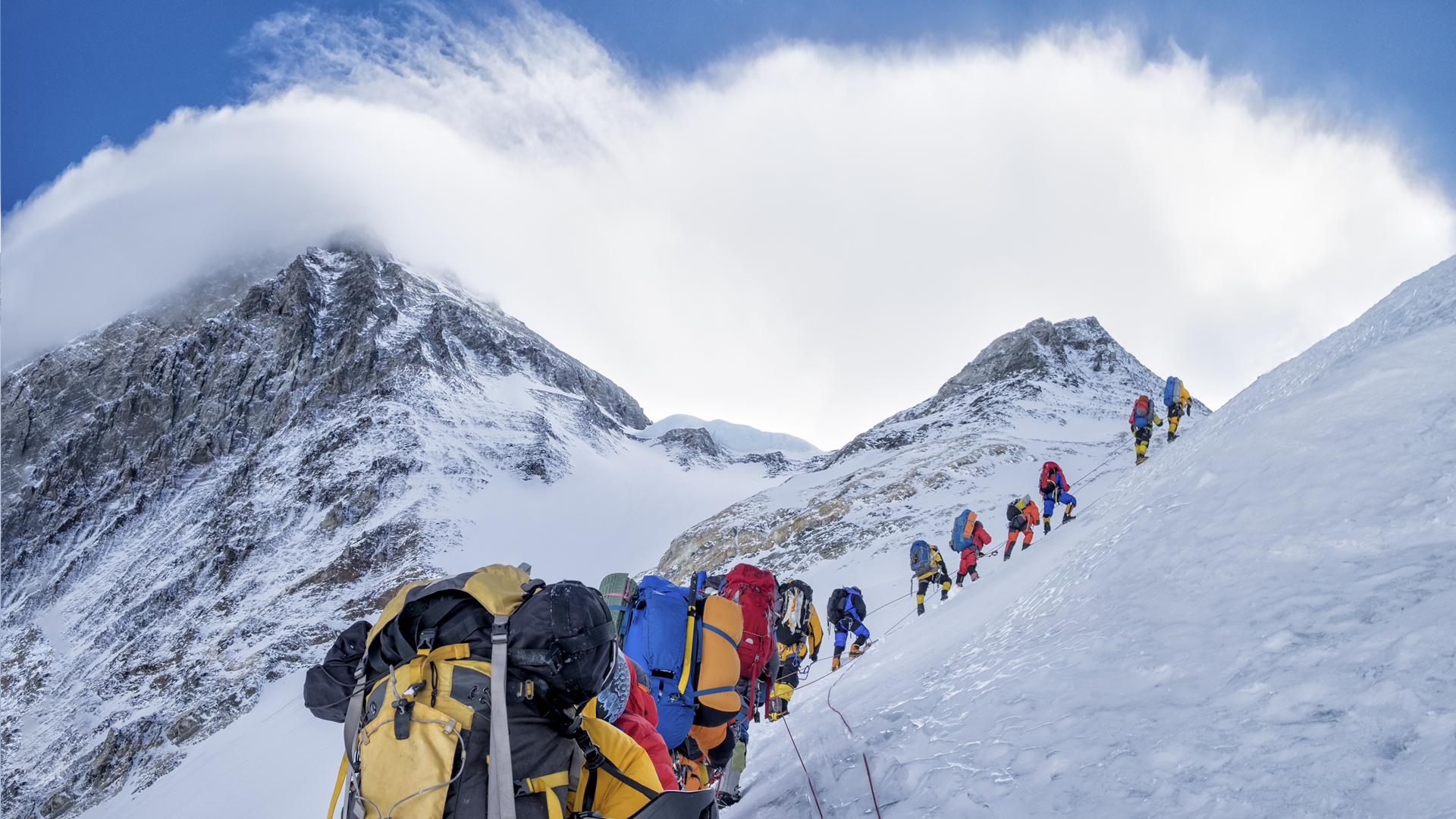
As you go up in altitude, the pressure and density of the air decreases. The spread-out gas particles mean you’re taking in less oxygen with each breath – which is why the air is sometimes referred to as ‘thin’ – and your body has to work harder to make up for this lack in resources. Experts say it takes up to four days to initially acclimate to high elevations, and up to four weeks to fully acclimate. If you venture above 8,000 feet without acclimating first, you are at risk of experiencing altitude sickness. Altitude sickness varies from person to person. It can be moderate or severe, and symptoms include dizziness, fatigue, nausea, headache and shortness of breath.
Suffice to say, high altitude hiking entails a little more than just slinging on your hiking boots, so we take a look at some training you can undertake to be amply prepared and confident on the trail, and of course, make it to the summit safely.
How to train for high altitude hiking
Assuming you’ve been given the all clear by your doctor for high altitude hiking, there are a few things you can do before and during your trip to make your experience more enjoyable.
Advnture Newsletter
All the latest inspiration, tips and guides to help you plan your next Advnture!
Ramp up your cardiovascular training
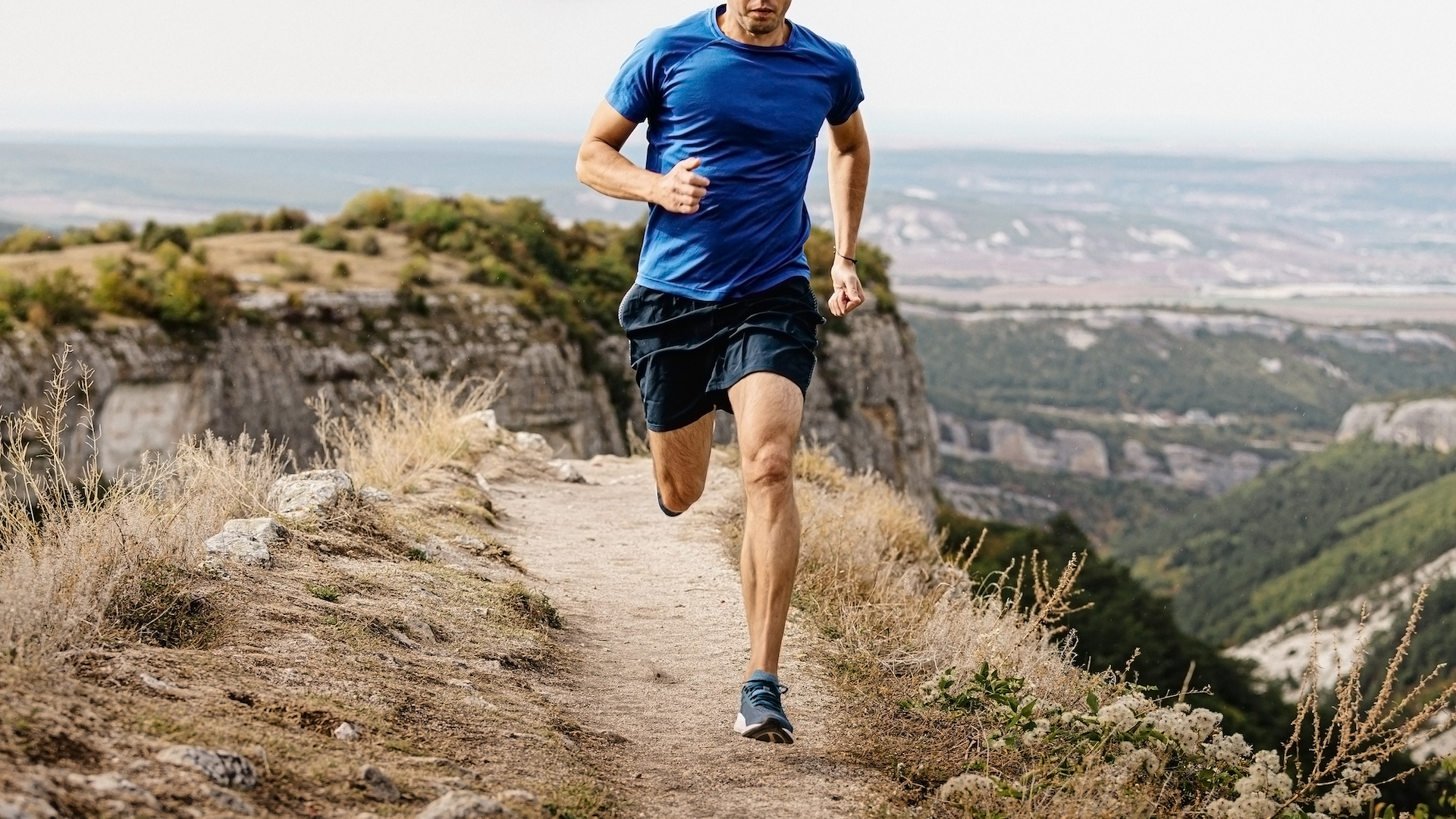
Increasing your cardiovascular training for at least a few weeks before you go is a good idea. Even if you hike regularly, doing so at higher altitudes will put more strain on your body so the fitter you are to begin with, the better. Increase the duration of your aerobic activity and make sure you’re doing it on an incline, whether you’re walking, biking or running up a hill or on the treadmill.
Start drinking more water
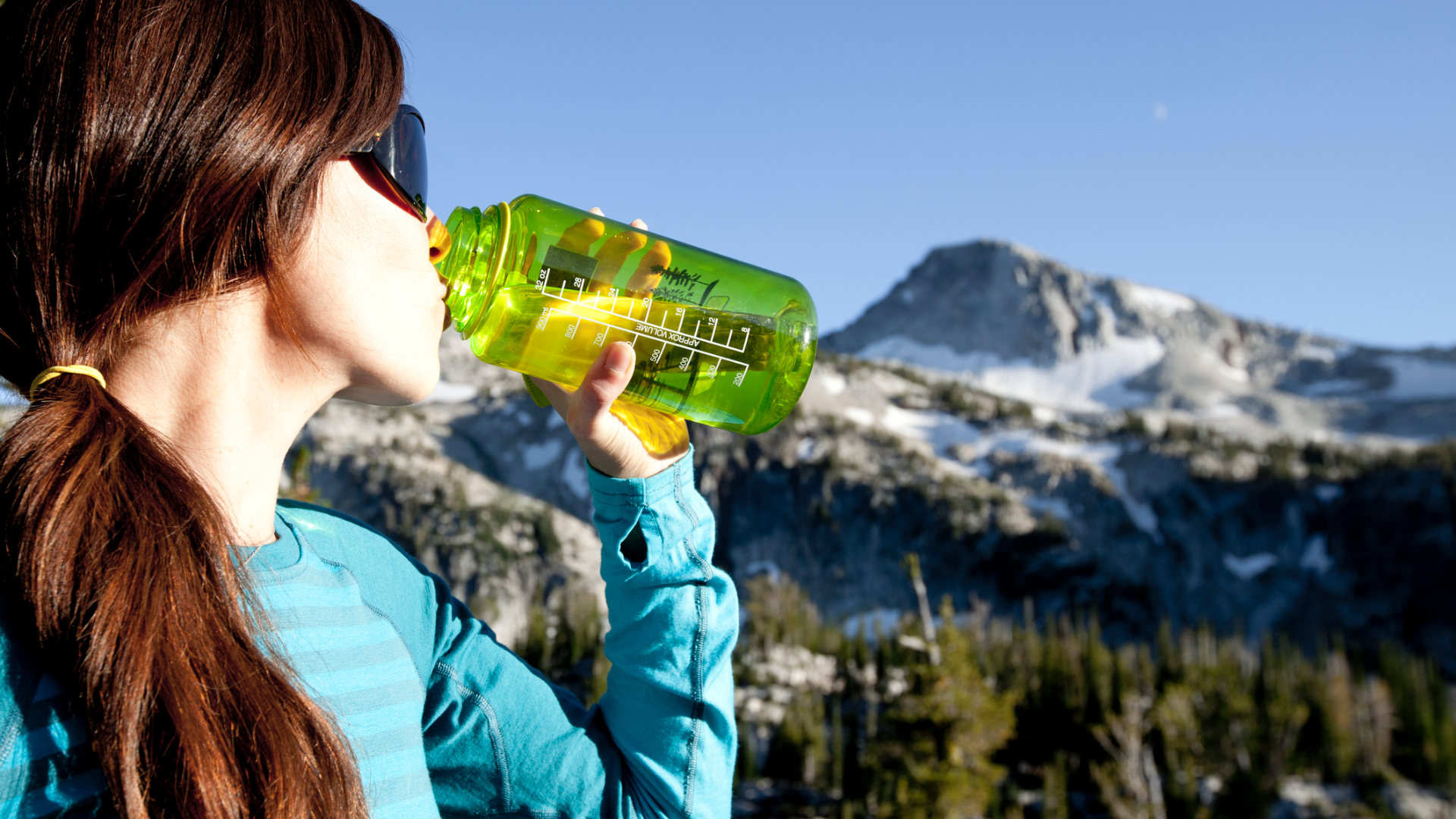
Dry mountain air combined with breathing more heavily can easily lead to dehydration at high altitude. You’ll want to drink more water once you arrive, but unfortunately that can be easier said than done. Start gradually increasing your daily water intake for a few weeks before your trip so that your body has time to get used to the increased volume.
Practise deep breathing

Deep breaths are more efficient than shallow breaths, allowing your body time to properly exchange carbon dioxide for oxygen, slowing your heartbeat and stabilizing your blood pressure, helpful at high altitude. It can also help calm you down on the hill if you start to feel panicked, which can be a side effect of shortness of breath. Practising deep breathing can be done by itself or in a yoga setting and involves strengthening your respiration muscles like the intercostal muscles and diaphragm to allow for more expansion of your lungs. You can practise deep breathing by lying down on your back and taking long, slow breaths through your nose. Imagine that you’re breathing all the way down into your abdomen, back and sides and make sure you’re breathing all the way out.
Leave time between arriving and hiking
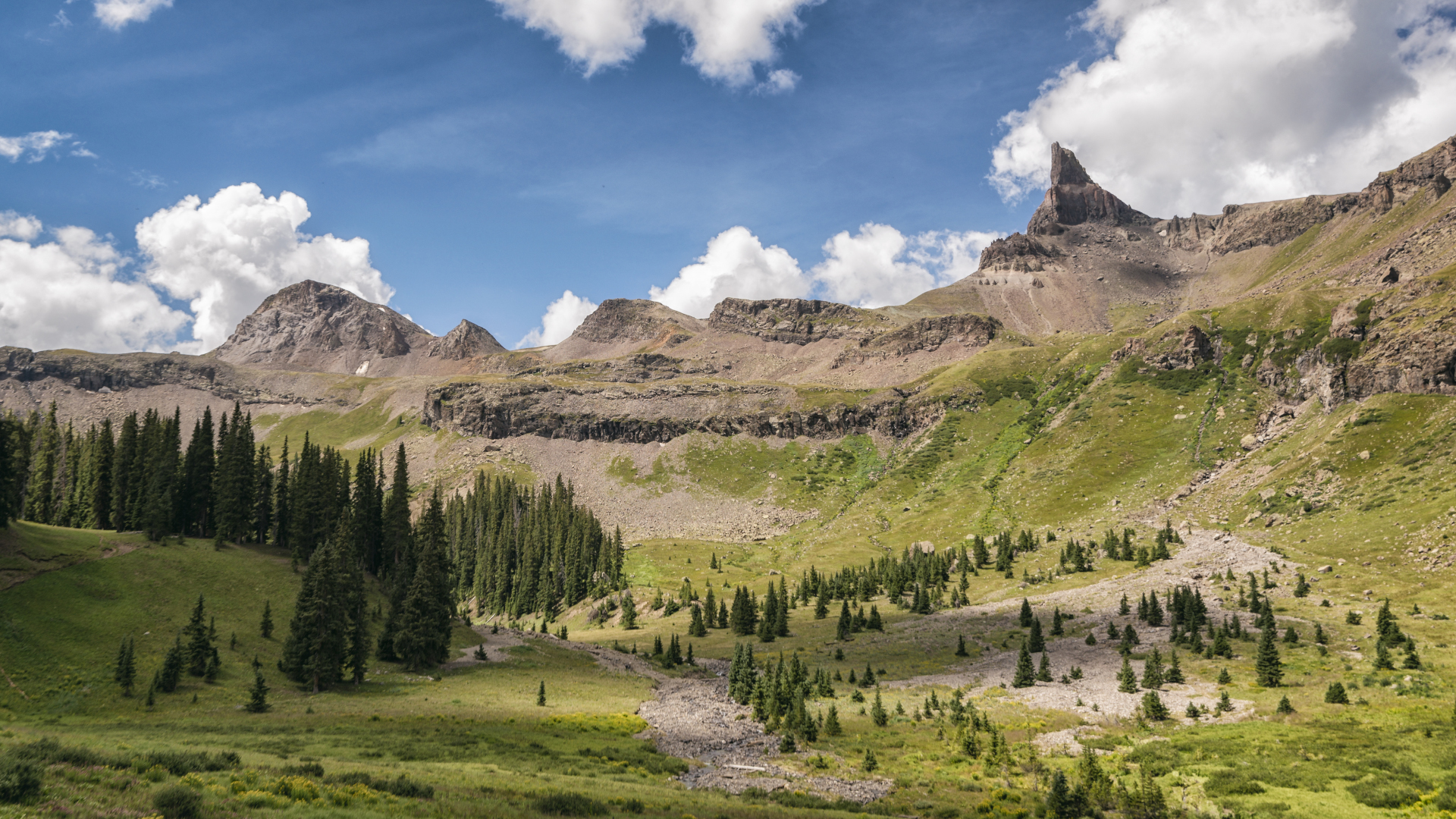
If you’re going hiking at high elevations and you live at or near sea level, the most important thing you can do is to build in some time between arriving at your destination and beginning your hike. In the example of Everest, climbers spend a month or more at base camp before attempting to summit, but it’s worth spending a few days relaxing before you start climbing even if you’re just flying into Colorado. Many travellers skip this part and sometimes find they spend more of their trip in bed than on the trail.
Slowly increase your elevation once you arrive
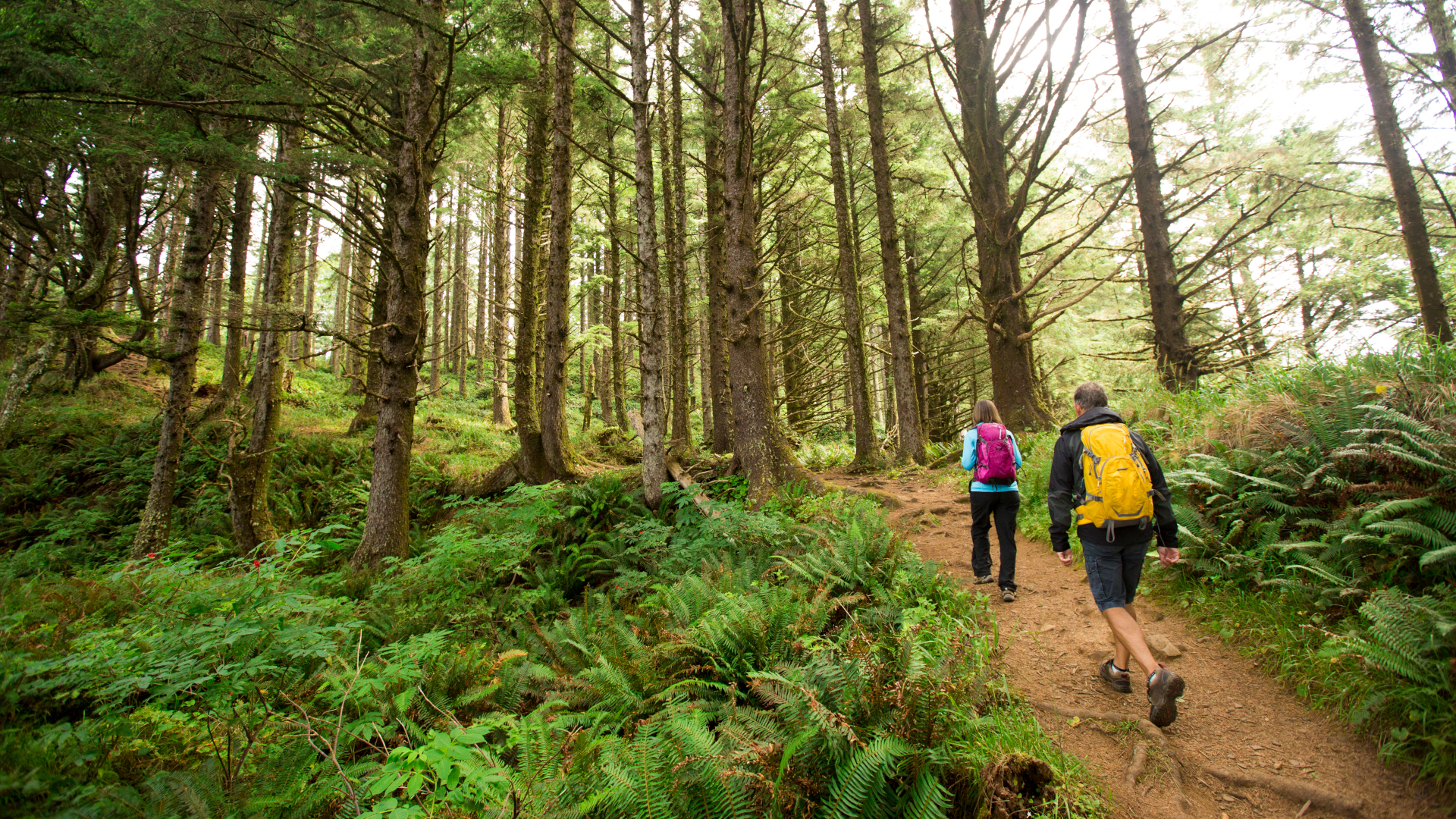
Once you arrive at your destination, try to hike lower peaks and easier trails first. For example, start with trails that stay in the 7,000 to 10,000ft zone then work your way up to climbs that take you above treeline. Avoid trails that involve scrambling until you’re sure you’re not feeling lightheaded. It can be tempting to want to bag the biggest peak around on day one, but better to save the best for last.
Pace yourself on the trail
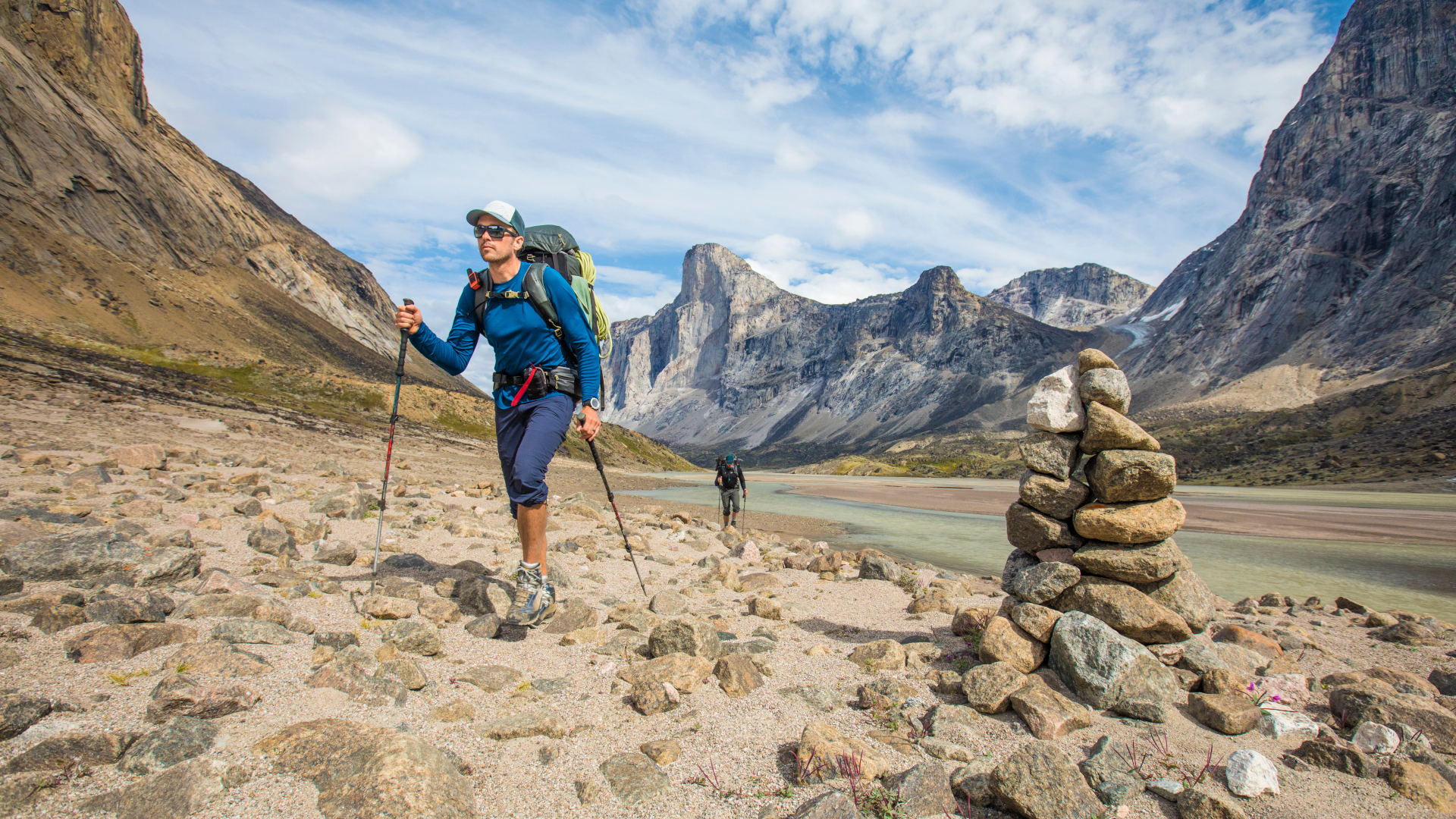
Once you’re ready to hit the trail, be prepared for a different experience from your usual hikes. Even if you’re used to hiking a lot, you have no idea how your body will respond to high altitude until you’re there. Pace yourself, be willing to take breaks, carry a hydration pack to encourage frequent sipping and bring snacks for fuel.
Julia Clarke is a staff writer for Advnture.com and the author of the book Restorative Yoga for Beginners. She loves to explore mountains on foot, bike, skis and belay and then recover on the the yoga mat. Julia graduated with a degree in journalism in 2004 and spent eight years working as a radio presenter in Kansas City, Vermont, Boston and New York City before discovering the joys of the Rocky Mountains. She then detoured west to Colorado and enjoyed 11 years teaching yoga in Vail before returning to her hometown of Glasgow, Scotland in 2020 to focus on family and writing.

